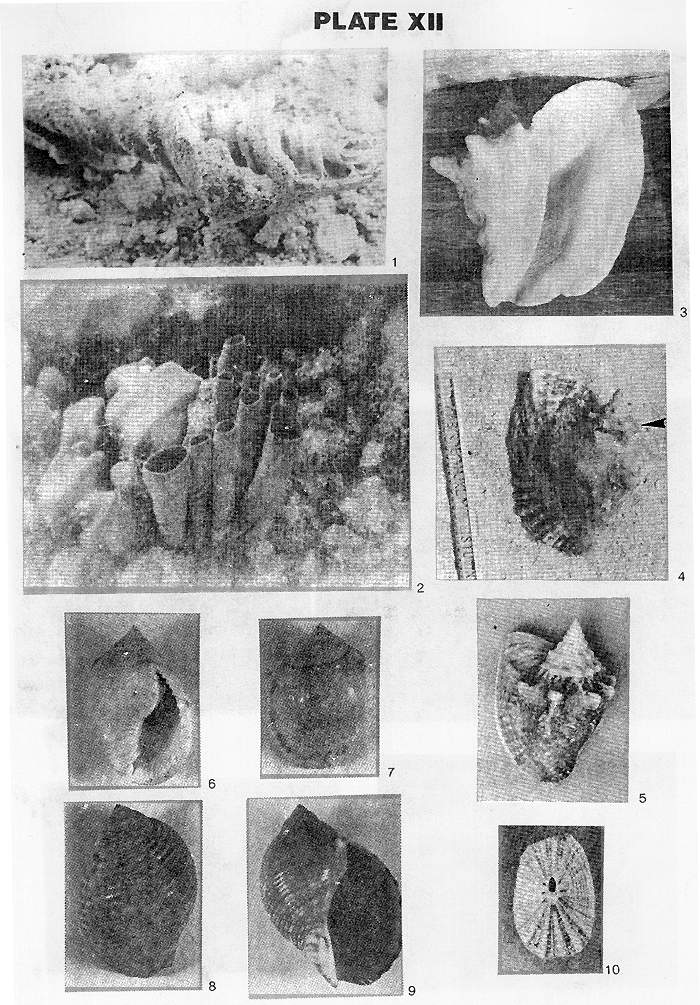

Fig. 1 A Horse Conch showing the disentegration of the limestone shell. The burrowing sponge is a major agent in dissolving the shell of both dead and living gastropods. The colour of the sponge is yellow (Siphonodictyon coralliphagum). Often on the surface of living and dead conch shells, one can see a dendritic stipled pattern showing the pores of the sponge.
Fig. 2 A small group of blue tube sponges very common in shallow water behind the reef, near a cut. To the left of it are some small Montastrea (star coral).
Fig. 3 A Queen Conch, Strombus gigas, showing the large flaring lip, about 10" long. It is a highy edible commercial conch. It is strictly a herbivore.
Fig. 4 Another view of the Queen Conch, note the hole (made by a person) at the arrow where the animal has been detached from the shell.
Fig. 5 The Milk Conch, note the higher spire and smaller lip. It is about 5" long. The aperture of this conch is almost a porcelain white, hence the name.
Fig. 6 The Scotch Bonnet, front view, 2 1/2" long. It is usually found on the reef environment.
Fig. 7 The same Scotch Bonnet as seen from the back.
Fig. 8 The Atlantic Partridge Tun viewed from the back showing the coarse ribs, 3" long. Mottled brown with a very thin shell.
Fig. 9 The same Atlantic Partridge Tun from the front showing the large opening.
Fig. 10 The Cayenne Keyhole Limpet, 3/4" long. Note the coarse radial ribs and small opening at the top. There are not many large limpets off Ambergris Caye, but there are many small ones that are best seen with a magnifying glass.